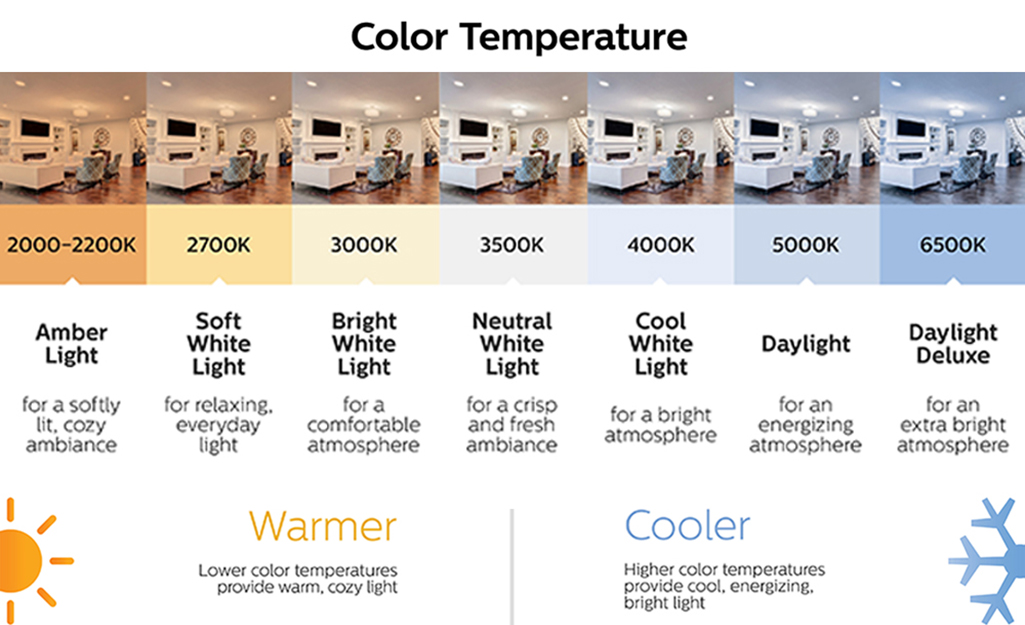As people's awareness of healthy lighting increases, more and more people begin to pay attention to and purchase healthy LED lighting. But in the face of the dazzling array of LED lights on the market, many consumers have no way to start. Teach you three simple purchasing tips, hoping to help you choose high-quality LED lighting.

1. Look at the chip
The chip is the core light-emitting component of LED lighting. Different brands and models of lamp beads have different luminous efficiency and color rendering index. Foton ceiling lamps use high-quality high-brightness chips, which not only have high brightness, low light decay, and good color temperature consistency but also have a long and stable life. In addition, it also has the advantages of ultra-low operating current, low power consumption, wide input voltage, etc. It also has multiple open-circuit protection, short-circuit protection, chip over-temperature protection, over-voltage protection, under-voltage protection, and other functions to perfectly protect lighting from normal work.
2. look at the light transmittance
When purchasing LED lighting ceiling lamps, you should choose uniform materials. It is best not to choose lampshades with poor light transmission, which will affect the light and cause insufficient brightness during lighting. Foton ceiling lamps use high-transmittance masks, the light source is comfortable but not dazzling, and the light is uniform, which can protect the eyes.
3. see if the stroboscopic
Flickering lamps will affect vision, and flickering is a problem that is difficult to detect with the naked eye. Because you can use your mobile phone to point at the light to take pictures if there are gray and white "stripes" in the photo, it means that there is a strobe, and if there is no "stripe", it means that there is no stroboscopic. If you want warmth and eye protection, you can also choose the Foton ceiling lamp with an eye protection function.
When choosing the brightest LED light, there are a few factors to consider:
1. Lumens: Lumens measure the total amount of visible light emitted by an LED light. The higher the lumens, the brighter the light. Look for LEDs with a high-lumen output for maximum brightness.
2. Wattage: LED lights consume less energy compared to traditional incandescent bulbs. However, higher-wattage LEDs generally produce more light. So, consider LEDs with higher wattage for brighter illumination.

3. Color Temperature: LED lights come in different color temperatures, ranging from warm white (2700K) to cool white (6500K). For the brightest light, opt for LEDs with a higher color temperature, as they tend to appear brighter.
4. Beam Angle: The beam angle determines how wide the light is spread. For maximum brightness, choose LED lights with a narrow beam angle as they concentrate the light in a specific direction.
5. Brand and Quality: Stick to reputable brands known for producing high-quality LED lights. They often have better technology and components, resulting in brighter and more reliable products.
6. Purpose and Application: Consider the specific purpose and application of the LED light. Different settings may require different brightness levels. For example, a task light may need higher brightness, while ambient lighting may require a softer glow.
Author 2025-06-12
Hishine Group Limited Will Meet Customers In Mexico City.Hishine is thrilled to announce its participation in Expo Eléctrica International 2025, Latin America’s premier trade fair for power and lighti...
Author 2025-05-12
Our recent business trip to Saudi Arabia proved to be a pivotal step in strengthening partnerships and exploring opportunities in the Kingdom’s rapidly growing energy and lighting markets. Below are t...